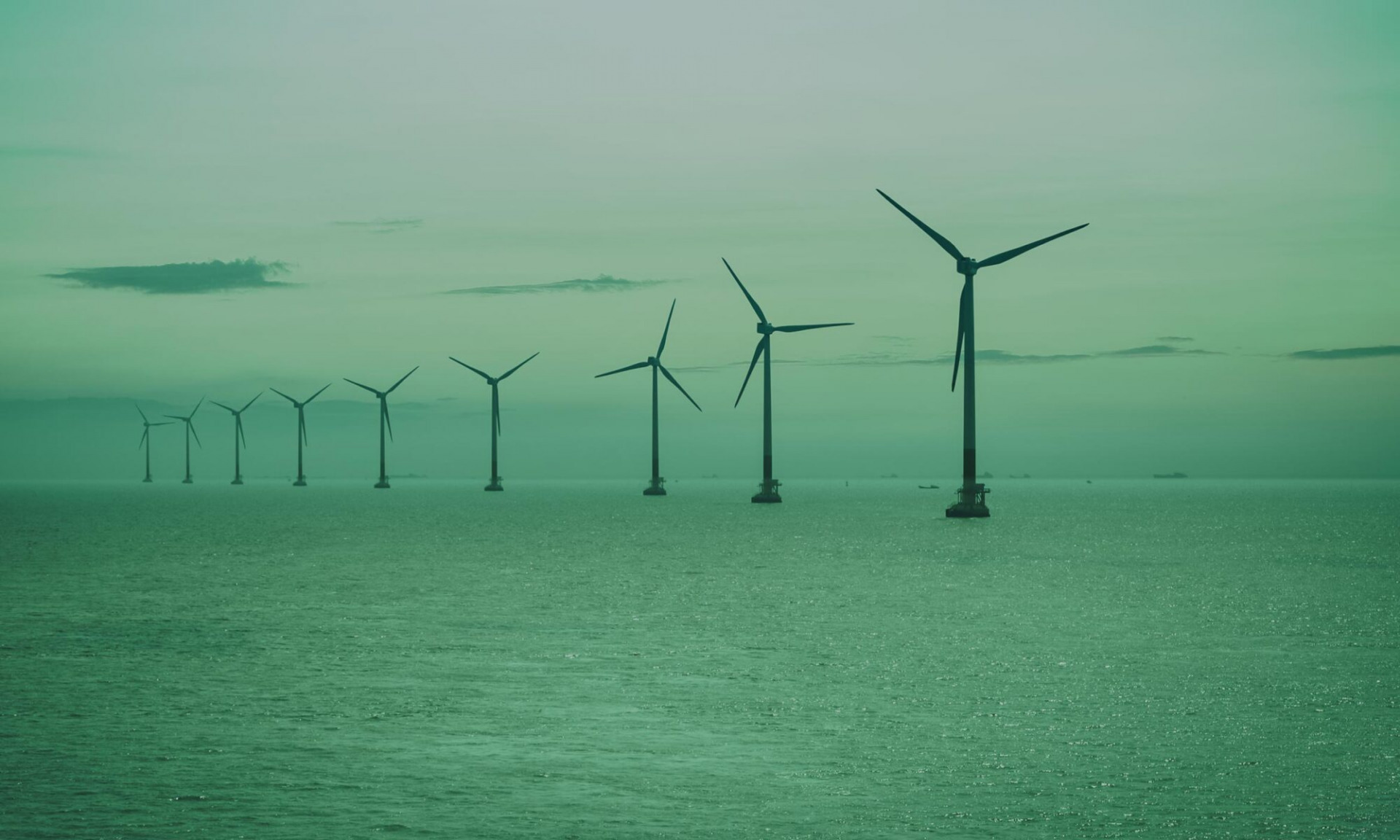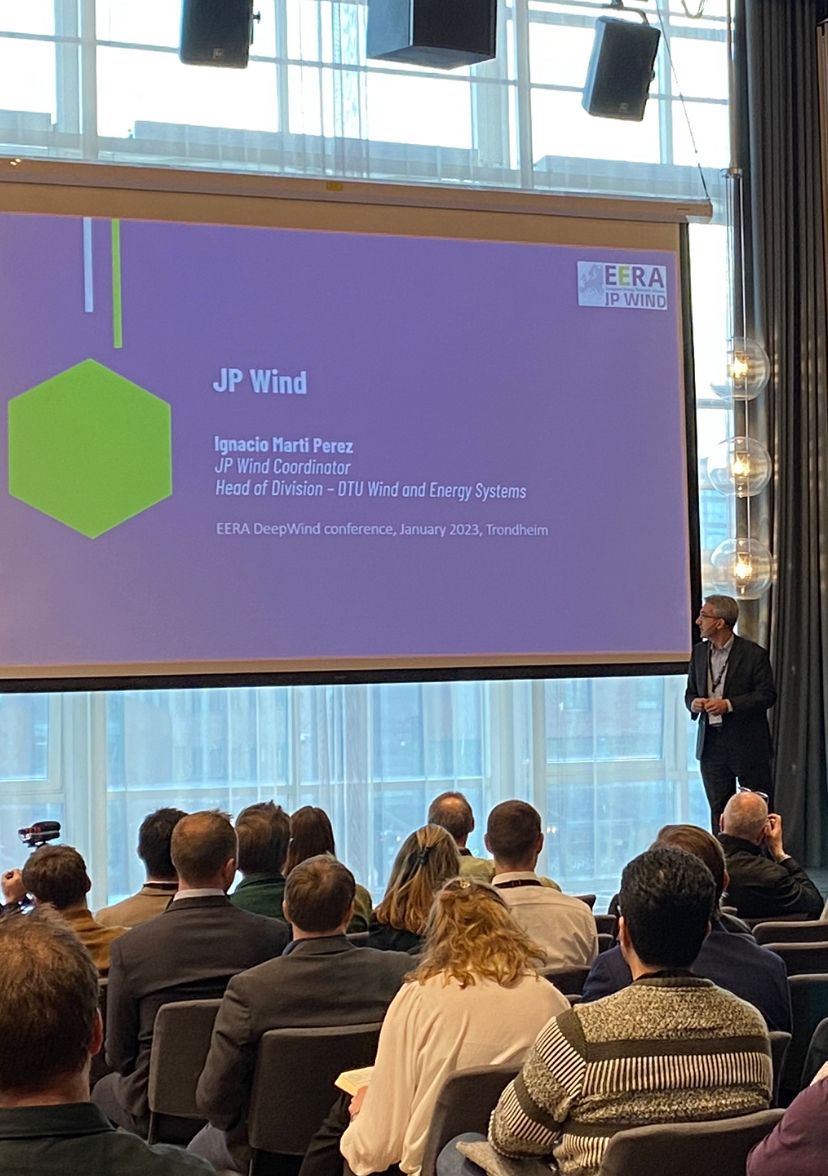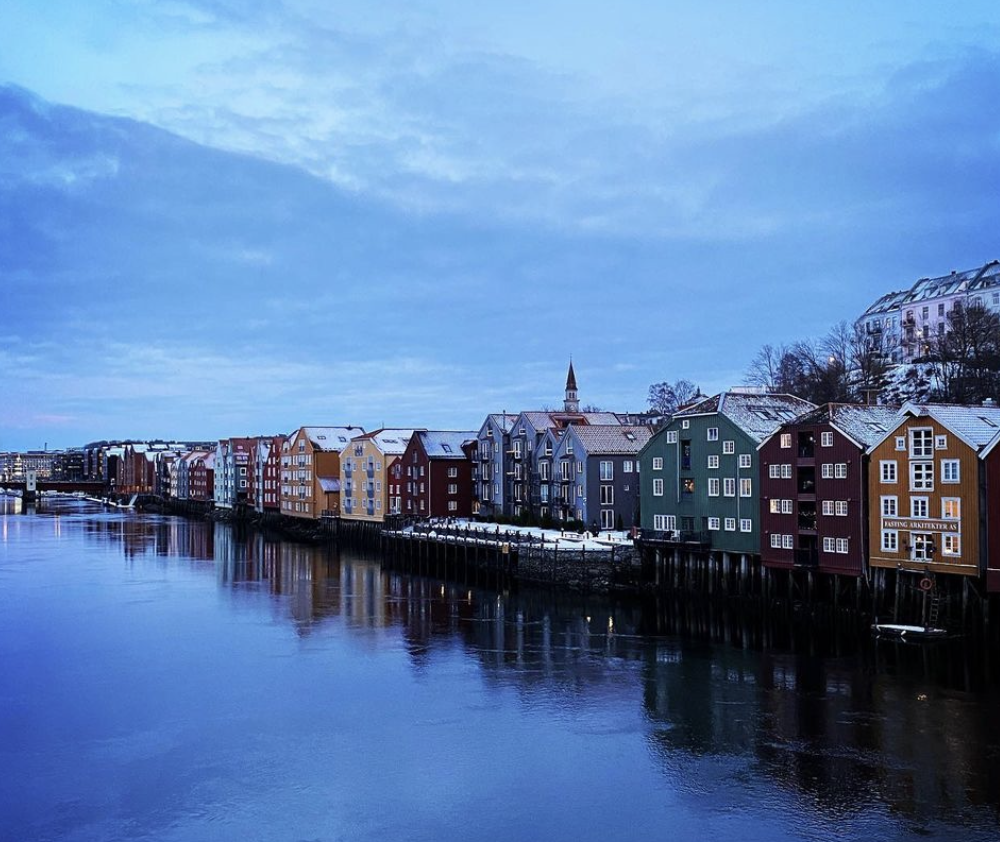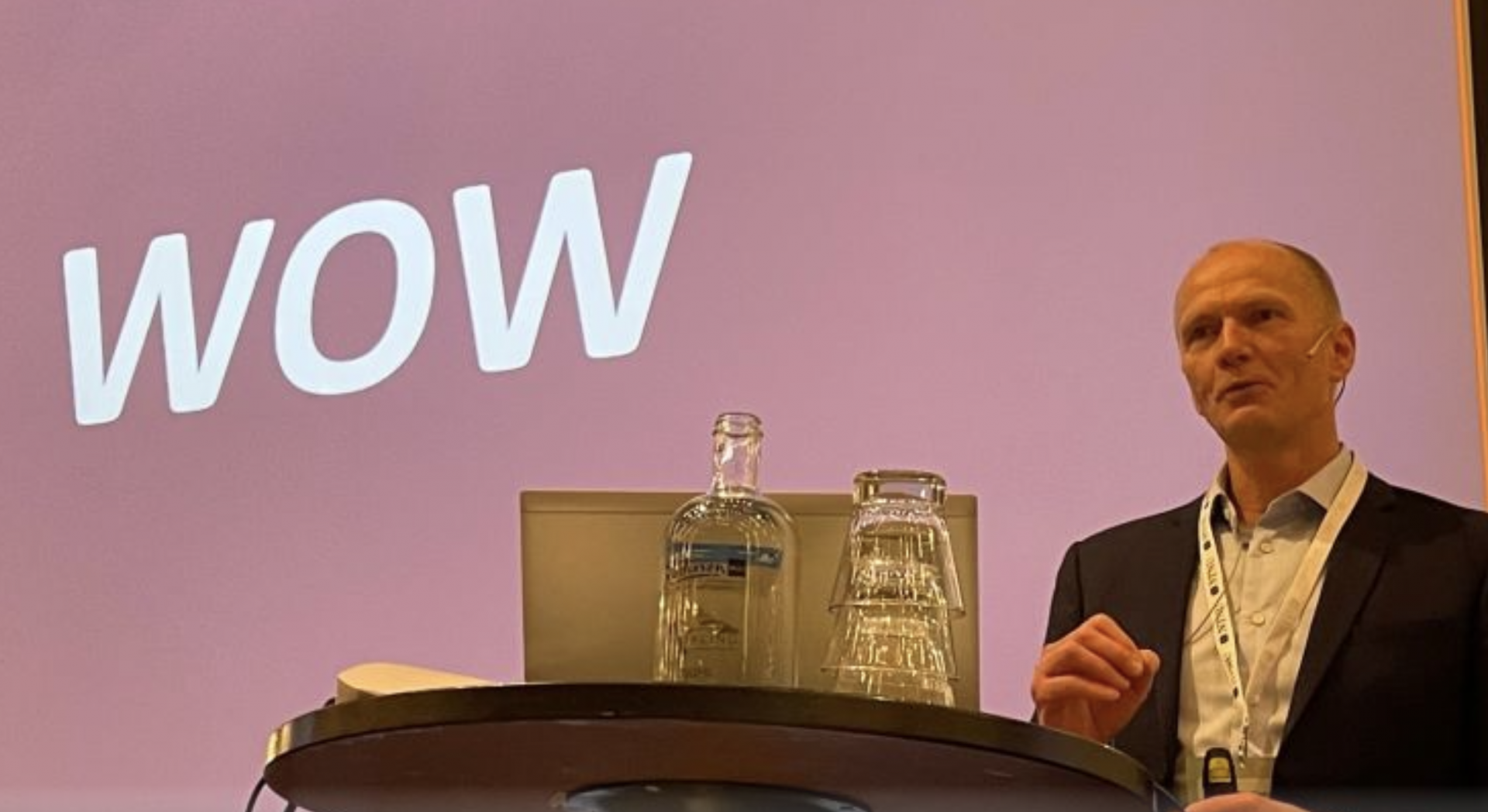This 2023 DeepWind Conference was held for the first time in physics since the pandemic. The context was quite particular : post-covid period, war in Ukraine and European energy crisis. The objectives and stakes around offshore wind energy resonated all the more strongly in this unstable geopolitical landscape.

The first day was marked by a series of wide presentations from research, industry and political leaders. It was more about objectives and perspectives on offshore wind.
State Secretary Elisabeth Saether from the Norwegian Ministry of Petroleum and Energy opened the conference by presenting the government's objectives for offshore wind energy in the coming years. SINTEF's Managing Director, Alexandra Bech Gjørv, followed with an overview of the state of play of the offshore wind research institute. She advocated for the creation of a European centre of excellence on offshore wind energy to solve research problems and help make offshore wind a pillar of the European energy system. John Olav Tande, Chair of the EERA DeepWind Conference and SP6 JP Wind coordinator, is very familiar with this Center of Excellence project and went on to outline the major developments and progress in offshore wind over the past 20 years. He was followed by Jon Dugstad, Director of Norwegian Energy Partners, who presented a status and outlook of the global offshore wind market. Next, Finn Gunnar Nielsen, Professor at the University of Bergen (UiB) emphasized the reduction in costs, which is expected to follow the same pattern as for onshore wind.
 And at last, Ignacio Martí Perez, Head of Division on Materials and Componants at DTU Wind and Coordinator of EERA JP Wind, then described the international collaboration that is currently taking place in Europe on offshore wind research, emphasising the development of a European Centre of Excellence on offshore wind energy in order to address the research challenges in the light of the major European energy objectives.
And at last, Ignacio Martí Perez, Head of Division on Materials and Componants at DTU Wind and Coordinator of EERA JP Wind, then described the international collaboration that is currently taking place in Europe on offshore wind research, emphasising the development of a European Centre of Excellence on offshore wind energy in order to address the research challenges in the light of the major European energy objectives.
The second day was devoted to more technical and scientific presentations. Grid connection and integration of power systems were one of the recurring themes : Harald Svendsen, SINTEF Energy Research, presented his analysis of wind conditions along the Norwegian coastline and in the southern North Sea. Thomas Sauder, SINTEF Ocean, gave a presentation on substructures and mooring, in a session co-chaired by Arno van Wingerde, Chief Scientist in Fraunhofer IWES and SP7 Coordinator of JP Wind. The regulatory framework surrounding offshore wind and the environmental impact of wind farms were also the subject of a series of presentations. Anne Reumer from DNV gave an overview of the current regulations for offshore wind. Paula Bastos Garcia Rosa from SINTEF Energy Research presented a series of mitigation measures to prevent bird strikes with turbines. The section on wind farms control was co-chaired by Paul McKeever, Head of Electrical Research at ORE Catapult and SP2 Coordinator in JP Wind.

The last day mainly focused on societal impact and controversies but also on operation and maintenance. The last session was co-chaired by Lena Kitzing from DTU (former coordinator of SP8 JP Wind) and Rita V. d'Oliveira Bouman(PhD) who gave a presentation on the "Ethical dimensions of social conflict in offshore wind".
Tomas Moe Skjølsvold from NTNU, presented a paper on identifying and addressing societal aspects of offshore wind energy in the North Sea
Jade McMorland, University of Strathclyde, presenting on her side an exploration of failure rates and failure classification for multi-rotor wind turbine systems.
Finally, the conference ended with the closing session co-chaired by John Olav Tande, focusing on future, industry and market perspectives, including a presentation by Jacob Edmonds, Vice-Chair of ETIP Wind and Head of Innovation and Digital at Ørsted, who recalled the objectives of ETIP Wind. Catherine Banet, Professor at the University of Oslo, Scandinavian Institute of Maritime Law, presented the legal and regulatory aspects of offshore wind. She highlighted the importance of including offshore wind in the forthcoming overhaul of the European electricity market, in order to ensure that the market rules allow for the integration of a large proportion of renewables. Jose Luis Domínguez García, Head of the Electrical Systems Group at IREC, presented the latest innovations to reduce the cost of floating wind in the Horizon 2020 Corewind project.
A total of 80 presentations and 125 scientific posters were displayed at this 20th edition, the first in physics since COVID-19 pandemic. A great success with nearly 400 participants.

